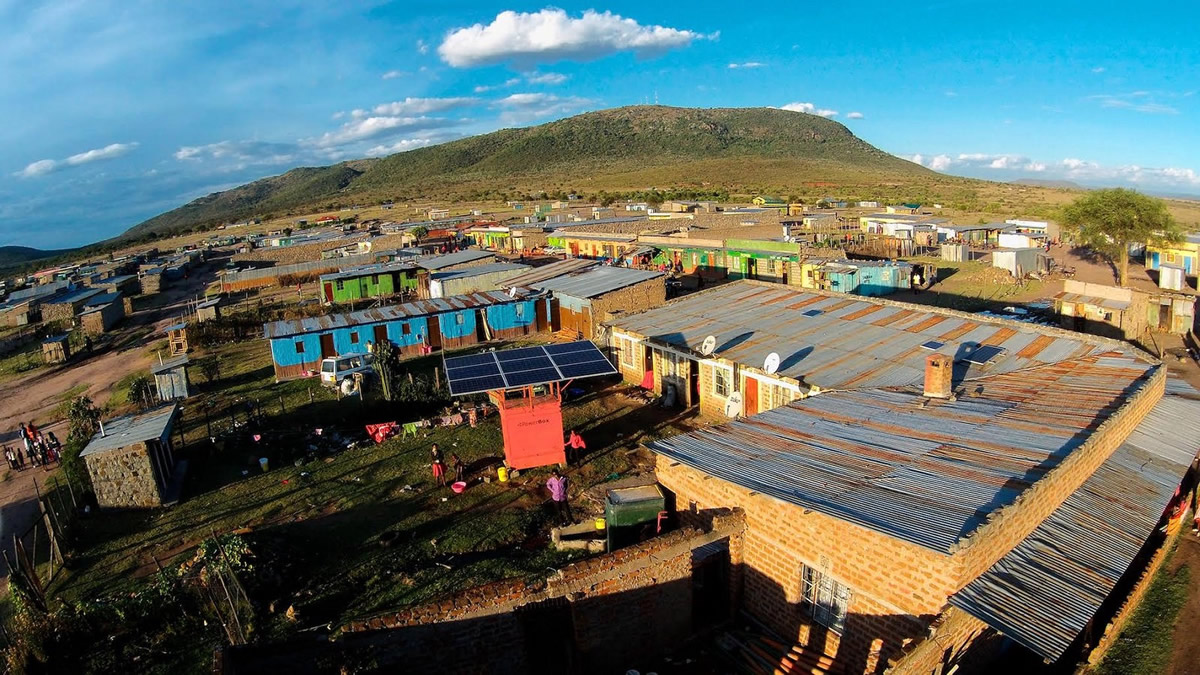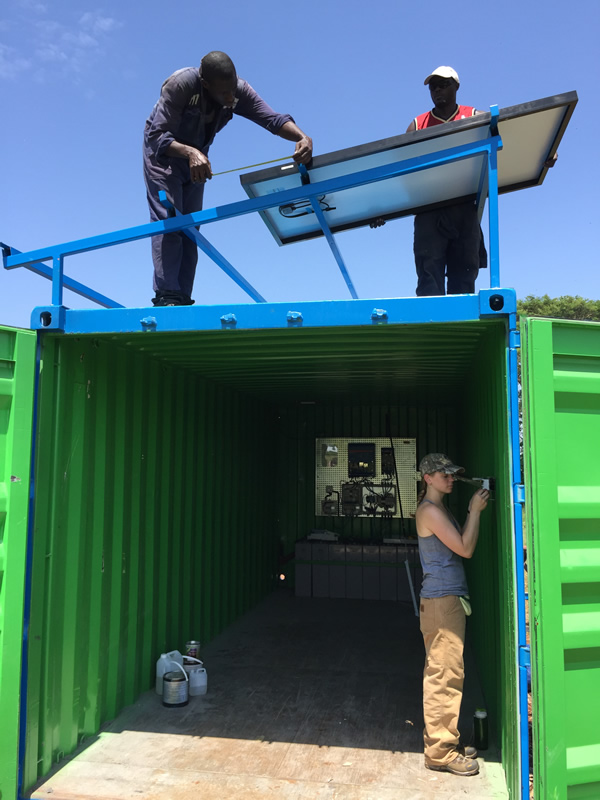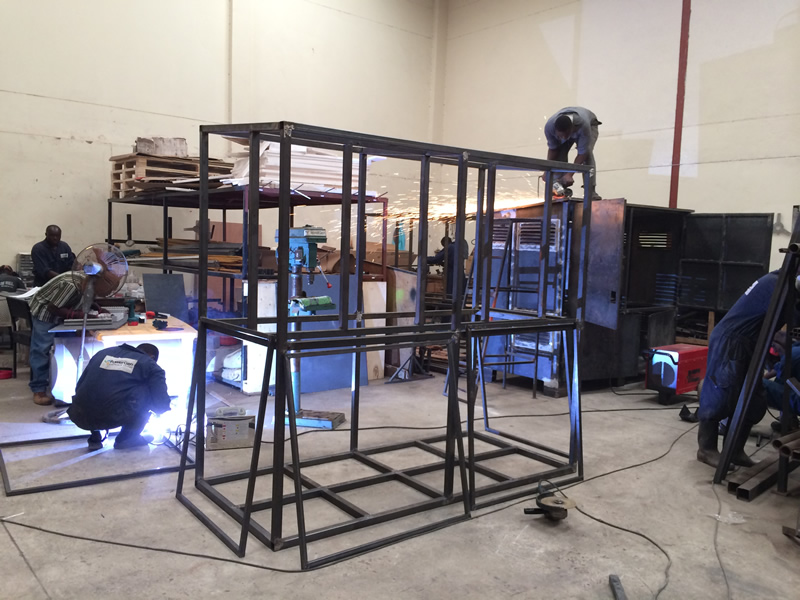Approximately one billion people around the world lack access to electricity, according to the World Bank, a reality that has serious implications for global health, education, food security, gender equality, and global economies. More than half of those one billion people live in Africa.

Today two-thirds of Africa’s population does not have access to electricity, according to the International Energy Agency, a circumstance exacerbated by the logistical challenges of establishing grid connections over a vast and diverse geographic area and high cost.
John Kidenda is the Director of Software, Analytics and Customer Support at PowerGen Renewable Energy, where he works to provide communities across Africa with sustainable, decentralized power in the form of mini-grids. We spoke to him recently about his experiences with microgrid project development and the future of electrification in Africa.
Microgrid News (MN): Why is energy access an important topic today?
John Kidenda (JK): Over 600 million people live without access to reliable power with the vast majority of those people living in Africa. The number of unelectrified people on the continent is likely to remain flat or even increase due to population growth if we do not accelerate the rate at which we expand access to electricity. Access to electricity forms the foundation of many other critical services that the poor and marginalized need in order for them to have access to the types of resources that are essential to thriving in the modern world. These include access to health care (vaccines and incubators), education (internet connectivity), and nutritious food (irrigation). Solving energy access measurably impacts all of these development goals.

MN: How can microgrids help close the access-to-energy gap?
JK: As one of the least densely populated continents, Africa has always had a major challenge with electricity transmission. In Kenya alone, the gap in funding for transmission infrastructure is estimated at over USD 4 Billion. That is without counting all the new transmission that will need to be built as we expand both generation and access. In addition, even where transmission lines do exist there is a major issue with people living ‘under the grid’ who are not electrified because of a focus on electrifying larger commercial and residential loads that make more financial sense for national utilities. There is, therefore, a need for a solution that focuses squarely on the energy access challenge while also eliminating the need to build expensive and extensive transmission lines to serve users whose power consumption is not likely to ever commercially justify the cost of the transmission infrastructure.
Mini-grids are that solution, offering electrification that is as good or better than that of being connected to the national grid at a fraction of the cost of the conventional approach. In addition, mini-grids offer ancillary benefits such as grid resilience through decentralization, clean electrification with the use of generation from sources like solar, and the injection of cutting-edge, smart capabilities into the grid if and when they get interconnected to the main grid.

MN: What are some of the major insights that your team has gleaned from energy projects in Africa?
JK: We have learned that local stakeholder engagement is key to success. Stakeholders include government officials, community leaders, community members, and civil society. Having the social license to operate from these groups can make or break a project.
We have also learned that logistics are hard, and that it is necessary to constantly innovate on this front in order to deliver the types of cost-savings necessary to profitably serve low-income customers.
Additionally, two main factors drive the effective adoption of innovative approaches to electrification such as mini-grids: (1) clear, consistent, and supportive regulation and, (2) access to well-structured concessionary capital. Without these two factors in place, projects will either not take off, or those that do take off will not be able to focus on the absolute bottom of the pyramid, where electrification is most needed to meet the world’s electricity access commitments
John Kidenda recently shared his insights as well as technical details from his experiences developing decentralized power in Africa at the 7th AnnualHOMER International Microgrid Conference. His organization uses HOMER Energy’s HOMER Pro software for system modeling and feasibility studies.
